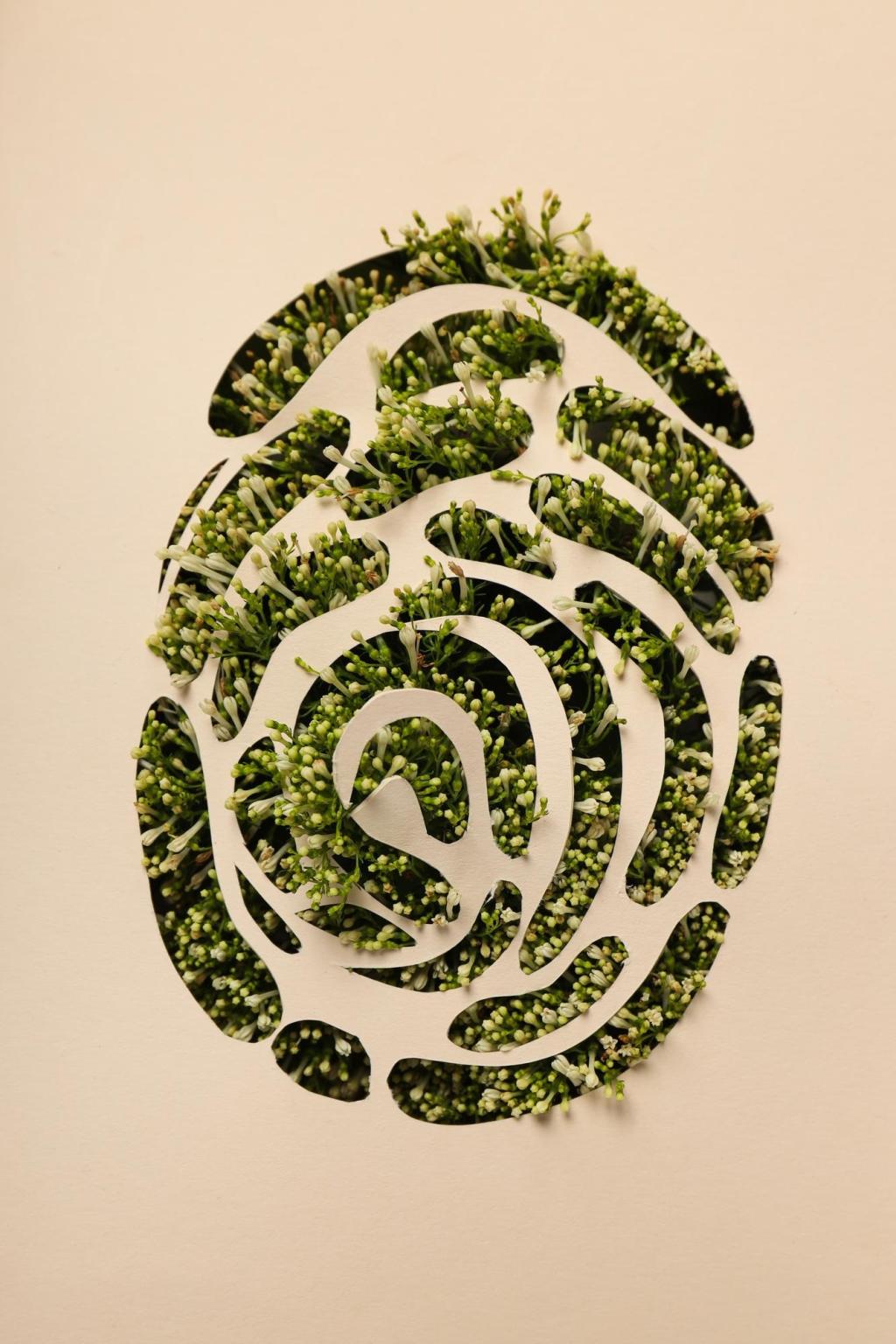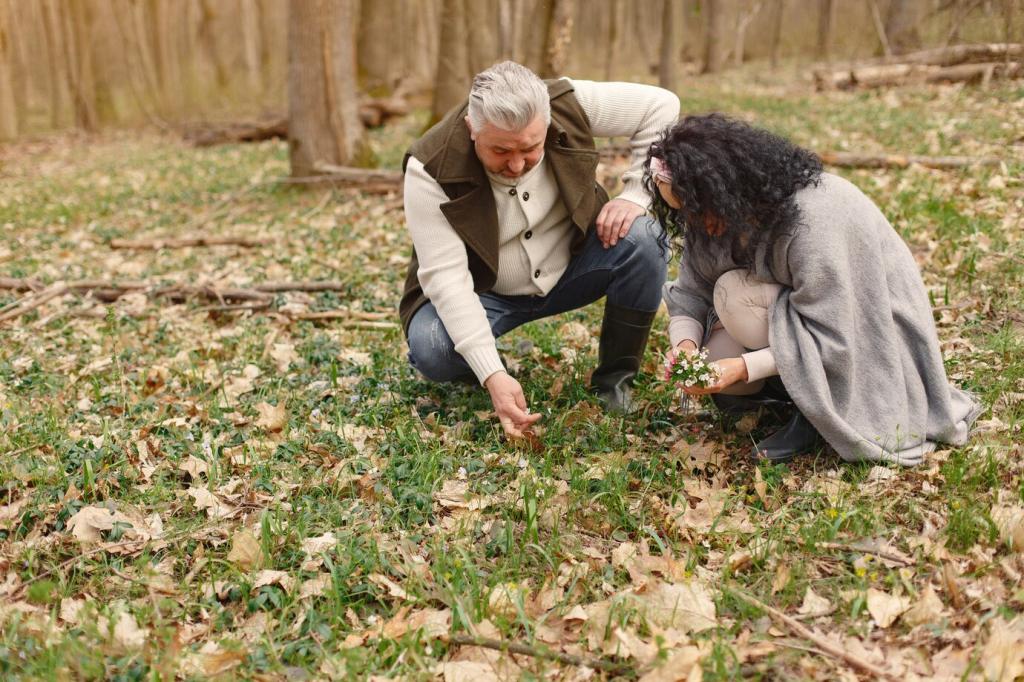
Sustainable Landscaping Techniques: Beauty That Restores
Chosen theme: Sustainable Landscaping Techniques. Welcome to a greener way of shaping outdoor spaces—where every plant, pathway, and drop of water serves both your senses and the planet. Explore practical ideas, heartfelt stories, and science-backed methods you can start using today.
Foundations of Sustainable Landscaping
Great landscapes start underground. Add compost, avoid compaction, and protect soil with mulch so microbes and mycorrhizal networks can thrive. After one fall of leaf mulching, a reader reported richer, crumbly earth and fewer irrigation needs the following summer—real change from the ground up.
Select plants that evolved with your region’s climate and wildlife. Native and well-adapted species resist stress, require fewer inputs, and support pollinators. Group by water needs, respect sun patterns, and share your favorite resilient varieties in the comments to guide fellow gardeners.
Shape your site to slow, spread, and sink rain. Use gentle grading, swales, and rain gardens to capture stormwater and reduce runoff. Map downspouts, plan overflow paths, and subscribe for our upcoming guide on simple yard hydrology you can sketch in one afternoon.

Drip Irrigation Done Right
Drip systems deliver moisture directly to roots, reducing evaporation and overspray. Use pressure regulators, filters, and properly spaced emitters, then water at dawn. Flush lines seasonally and check for clogs. Many gardeners see significant savings while plants respond with steady, healthy growth.

Harvest the Rain
Rain barrels and cisterns turn storms into reserves. Size storage based on roof area and typical rainfall, add first-flush diverters, and route overflow to a rain garden. After one spring downpour, a 1,200-square-foot roof can fill hundreds of gallons—free irrigation ready for dry spells.

Reuse Greywater Safely
Laundry-to-landscape systems can nourish shrubs and fruit trees when soaps are plant-friendly. Follow local codes, use mulch basins, and never spray greywater. Start modestly, monitor plant response, and subscribe for practical templates that simplify design, permits, and routine maintenance.

Create Pollinator Pathways
Offer nectar, pollen, and host plants from early spring to late fall. Plant in generous clusters, avoid pesticides, and provide sunlit landing zones. After one season of bloom succession, readers reported butterflies lingering longer and bees returning predictably—small choices creating a dependable corridor.
Layer the Canopy
Stack trees, understory shrubs, perennials, and groundcovers to mimic natural woodlands. Structural layers reduce evaporation, shelter birds, and stabilize temperatures. Our trial meadow with a scattered shrub layer stayed cooler and demanded less water, while wrens discovered a new hunting perch within weeks.
Leave the Leaves
Autumn leaves insulate soil, feed decomposers, and shelter overwintering pollinators. Rake gently off paths but keep them beneath beds as free mulch. Delay cleanup until spring warmth returns life, then tell us which species emerged—you might be surprised by who depended on your patience.
Permeable pavers and gravel grids allow rain to infiltrate instead of rushing to drains. A stabilized, open-graded base is key. In some studies, these systems cut runoff dramatically. Maintenance is simple: occasional sweeping and vacuuming. Share your climate and we can discuss best-fit assemblies.
Materials and Hardscapes with a Conscience


Edible and Regenerative Plantings
Design layered guilds with fruit trees, nitrogen-fixing companions, flowering herbs, and groundcovers. Diversity deters pests, spreads risk, and keeps nutrients cycling. Our small backyard guild of apple, clover, thyme, and strawberries delivered snacks, shade, and pollinator traffic within its first two seasons.
Edible and Regenerative Plantings
Transform kitchen scraps and yard waste into rich humus. Balance browns and greens, maintain airflow, and let worms turn residues into plant-ready castings. One reader’s weekly, five-minute routine supported healthier seedlings and deep green foliage all summer—quiet alchemy happening in a corner bin.
Choose battery-powered or manual tools for quieter, cleaner work. Keep blades sharp, schedule pruning lightly and seasonally, and protect soil even during chores. Neighbors notice the calm. Try a morning routine this week and tell us how your garden—and street—feels afterward.
Maintenance for the Long Haul
Replace thirsty lawns with meadows or native groundcovers. Mow clear pathways to signal intention and reduce inputs without sacrificing order. A simple sign explaining habitat benefits turned skeptics into supporters on our block. What message would you post to invite curiosity and care?
Maintenance for the Long Haul
Community and Policy for Lasting Change
Host an afternoon walk-through, exchange cuttings, and trade tools or time. Seeing sustainable landscaping techniques in person makes them feel achievable. One cul-de-sac created a lending library of pruners and soil probes, saving money while building trust and momentum.

